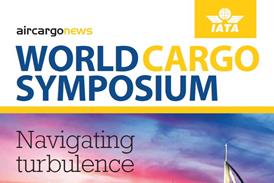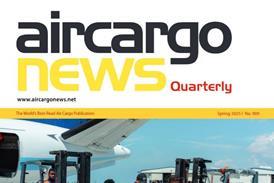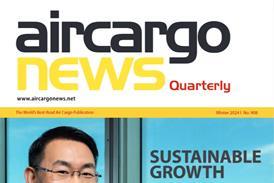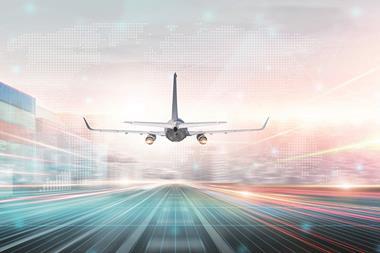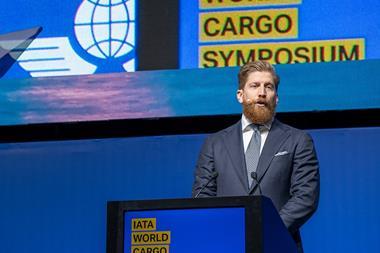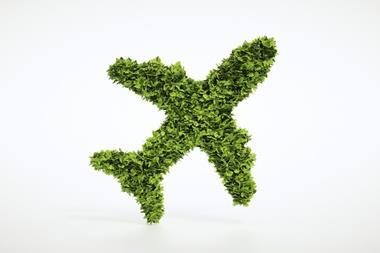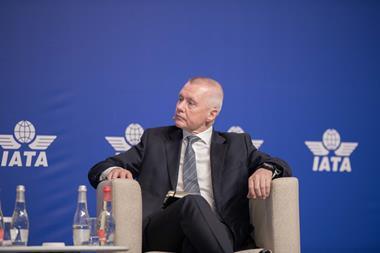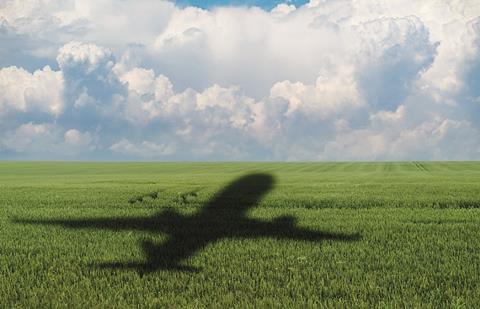
Aviation’s drive to net-zero emissions by 2050 faces several challenges, not least in funding the ambitious target.
IATA forecasts an average of $128bn in annual capital expenditure will be needed for the airline industry to reach its net-zero goals.
Describing the $128bn forecast as a “best-case scenario”, IATA notes that it is “significantly less” than total investments in solar and wind energy markets between 2004 and 2022, which it puts at around $280bn.
Part of the capital will go towards building new Sustainable Aviation Fuel (SAF) refineries that are central to the sector’s net-zero road map.
“The costs and challenges associated with the energy transition are large, but the opportunities are even greater,” said Marie Owens Thomsen, IATA’s senior vice president of sustainability and chief economist, at a sustainability event last year.
“Countries have an opportunity to build new industries in agriculture and energy, and to benefit from the catalytic growth impact of sustainable air transport.”
IATA continues to argue that the airline industry cannot be expected to fund new facilities, particularly given its long history of thin profit margins.
The association expects extra costs of $1.4bn to the global airline industry from procuring SAF in 2025, but notes this could rise to $744bn by 2050 once SAF usage is more widespread and other fuels such as hydrogen come into play.
Meanwhile, IATA labelled the growth of SAF production as “disappointingly slow” in 2024. Last year, SAF production volumes reached 1m tonnes, double the 0.5m tonnes produced in 2023.
But SAF accounted for just 0.3% of global jet fuel production and 11% of global renewable fuel. This is significantly below previous estimates that projected SAF production in 2024 at 1.5m tonnes.
The shortfall comes as key SAF production facilities in the US pushed back their production ramp-up to the first half of 2025.
This year, SAF production is expected to reach 2.1m tonnes or 0.7% of total jet fuel production and 13% of global renewable fuel capacity.
IATA director general Willie Walsh says: “SAF volumes are increasing, but disappointingly slowly. Governments are sending mixed signals to oil companies, which continue to receive subsidies for their exploration and production of fossil oil and gas.
“And investors in new generation fuel producers seem to be waiting for guarantees of easy money before going full throttle.
“With airlines, the core of the value chain, earning just a 3.6% net margin, profitability expectations for SAF investors need to be slow and steady, not fast and furious.
“But make no mistake that airlines are eager to buy SAF and there is money to be made by investors and companies who see the long-term future of decarbonisation.
“Governments can accelerate progress by winding down fossil fuel production subsidies and replacing them with strategic production incentives and clear policies supporting a future built on renewable energies, including SAF.”
Critical importance
SAF has a key role to play in helping the aviation industry achieve net zero emissions, so its importance cannot be understated.
In total, IATA estimates that 65% of the net-zero target will be met through the use of SAF, with 13% coming from hydrogen and electric propulsion, 3% from more efficient operations and 19% through offsets and eventually through carbon capture.
Away from SAF, IATA is also focusing on reducing plastic waste in air cargo operations, reducing perishable loss along the supply chain, and driving sustainability and efficiency in cargo handling.
To reduce plastic waste, IATA is helping the industry cut the amount and thickness of plastic sheets and stretch wrap with a plastic sheet sizing chart, plus it is developing procedures for the adequate reutilisation of plastic sheeting. The association is also promoting the use of reusable alternatives.
IATA has additionally developed procedures for adequate segregation and recycling of waste.
On perishables loss, figures from The Food and Agricultural Organisation estimate that $940bn is lost in food production each year. And 14% of this figure is lost in distribution, which results in significant greenhouse gas emissions.
To help reduce loss, in December 2023 IATA produced guidance on perishable loss in air cargo to help companies reduce waste during transport.


